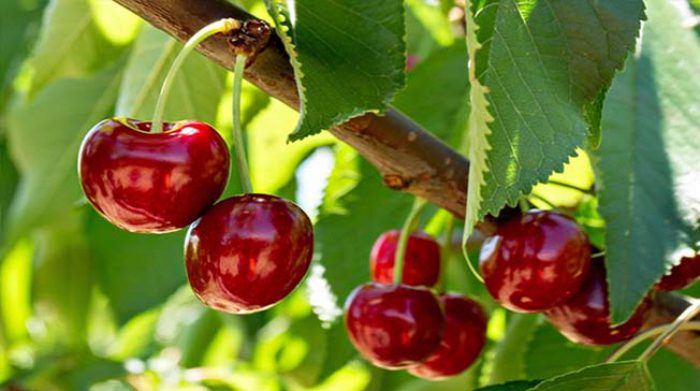History of cherry fruit
The scientific name is Cherry (Prunus avium) and the family (Rosaceae). The tall and deciduous cherry tree, with the scientific name “Cerasus avium”, without thorns, with short altitudes, smooth branches without thorns and reddish-brown hair, green leaves are roughly coarse and rich in fleshy fruits of many species, which are found in almost all countries. The world knows it and is probably a native region of the Black Sea and the Caspian Sea, and it has been taken to Europe in ancient times. Pineapple is a small, round, laxative fruit that is red or black when poured, and has a nucleus. In fact, three kinds of cherries are found in red, black and yellow in color. The fruits are always ripe because they do not grow well after picking and you can make it only 1 to Keep it well for 3 days.
Use cherry fruit
The cherries are better than freshly picked up from the tree. They often make cherries, jams or jellies because they can not be stored and stored fresh, but they can be frozen; of course, it’s best to get their cores first.
Cherry fruit benefits:
According to the latest and best news, cherries are a rich source of antioxidants.
Cherries have become a common food in the Stone Age, and archaeologists have redefined the remains of cherry nuclei in many caves and residential rocks.
The sweet cherry (Prunus avium) is a seasonal fruit that today, apart from its fresh consumption, can be used well in its dried fruit or in juice.
Cherry tree cultures include plum trees, peaches, almonds and apple juice, and not only fruit of the cherry tree, but also blossoms and wood.
In order to know the value of this plant, it is sufficient to say that all the parts of this fruit are: meat, tail, core, leaf and stem in medicine and industry.



